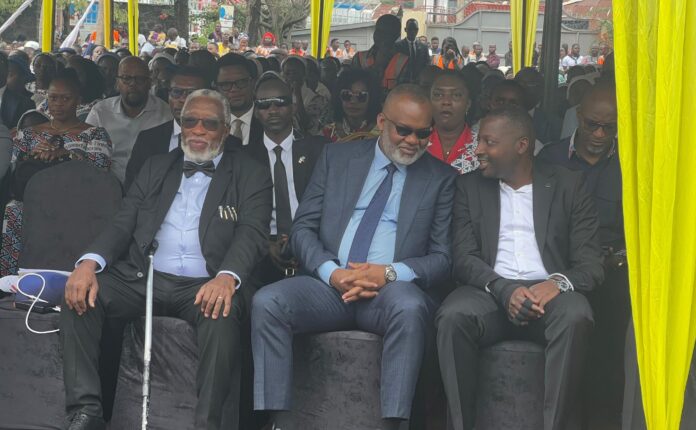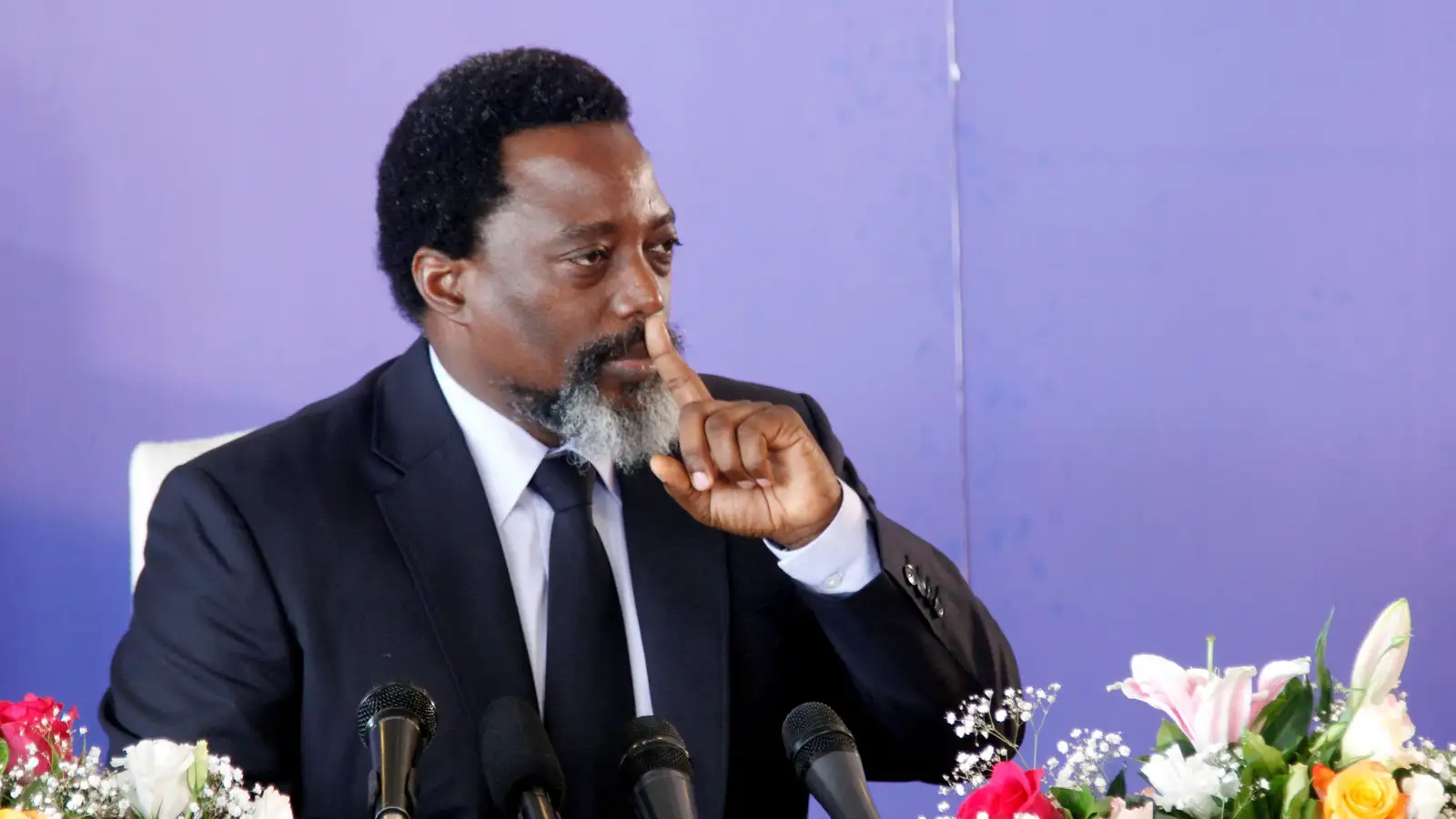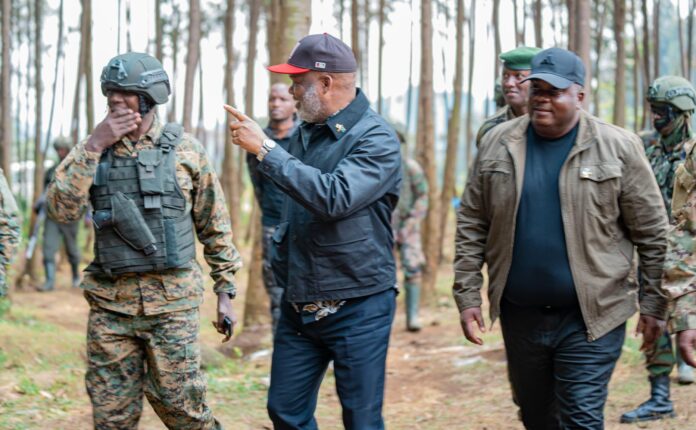Amid escalating insecurity in the eastern Democratic Republic of Congo (DRC), Burundi has significantly increased its military presence in the Fizi and Uvira territories of South Kivu. This renewed deployment aims to curb the growing influence of the M23 and Twirwaneho movements, both of which have been accused by Kinshasa of attempting to expand their territorial reach in the region’s mountainous areas.
Note: Company, Blog, Church websites are free.
Multiple military convoys have been spotted across strategic locations such as Bijombo and Minembwe, sparking concerns among local communities of an impending large-scale confrontation. According to reliable sources, new Burundian troops began arriving on Wednesday, reportedly crossing Lake Tanganyika into the DRC territories of Uvira and Fizi.
The core objective of the deployment is to bolster Burundian and Congolese military positions, as the M23 and Twirwaneho movements reportedly seek to dislodge the Congolese army (FARDC) and its allies, including the Burundian forces, from key zones in South Kivu.
Joint Military Response After Recent Clashes
According to SOS Médias Burundi, this latest troop buildup follows intense fighting last week in Kahololo (Uvira Territory) and more recently in Rugezi (Fizi Territory). The clashes involved Burundian troops, FARDC, local Wazalendo militias, and members of the Twirwaneho movement a predominantly Banyamulenge group said to be aligned with M23 in some operations.
On Thursday morning, large contingents of Burundian soldiers were seen at Mboko port in the Tanganyika sector, informing local residents of their deployment to Bijombo a crucial highland area where several groups are vying for control. Security sources say their mission is to prevent the M23 movement from advancing further into Bijombo, Rurambo, and Minembwe.
Other Burundian units were sighted in Swima, heading toward Gihamba and Kajembwe in the Bijombo grouping. In Kirumba, a known Twirwaneho stronghold, local residents expressed anxiety over a potential escalation in hostilities.
Burundian Forces on the Frontline
After a temporary retreat from Rugezi, Burundian forces reportedly regrouped at Mukela, where they are believed to be preparing an offensive on strategic Twirwaneho positions. In Mulima, another battalion is attempting to clear a path to Minembwe, an area currently under high tension.
These deployments follow a high-level bilateral military meeting held on May 14 in Uvira, involving senior officers from the Burundian army (FDNB) and FARDC. Sources within security circles say the meeting solidified renewed cooperation between the two countries to contain both the M23 and Twirwaneho movements.
Both movements are accused by Congolese authorities of seeking to extend their areas of influence—not just in Uvira, but potentially toward Bujumbura, Burundi’s economic capital, located less than 30 kilometers from the border.
An Expanding Role for Burundian Troops
Initially deployed in 2022 to confront Burundian armed factions such as Red-Tabara and FNL, Burundian forces in eastern Congo now number up to 10,000 troops. Their mission has expanded dramatically, and they are currently operating alongside FARDC and local pro-government militias to counter movements viewed as a threat by Kinshasa.
However, in recent months, military operations have increasingly focused on Twirwaneho, a grassroots Banyamulenge movement that resurfaced with renewed military capacity in 2021. Alleged to have tactical ties with M23, the group has since helped secure several territories across North and South Kivu, including the provincial capitals of Goma and Bukavu.



